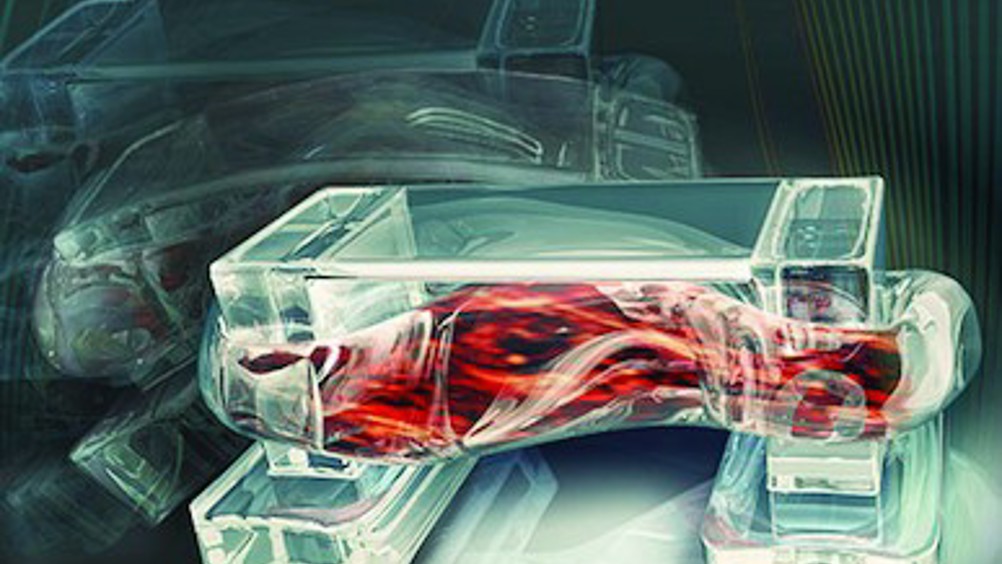Muscle cells and electric pulses provide power to bio-bots
Engineers in the US have demonstrated a class of walking ‘bio-bots’ powered by muscle cells and controlled with electrical pulses.

The group at the University of Illinois at Urbana-Champaign has published its work in Proceedings of the National Academy of Science.
‘Biological actuation driven by cells is a fundamental need for any kind of biological machine you want to build,’ said study leader Rashid Bashir, Abel Bliss Professor and head of bioengineering at the U. of I. ‘We’re trying to integrate these principles of engineering with biology in a way that can be used to design and develop biological machines and systems for environmental and medical applications. Biology is tremendously powerful, and if we can somehow learn to harness its advantages for useful applications, it could bring about a lot of great things.’
Previously, the group demonstrated bio-bots that ‘walk’ on their own, powered by beating heart cells from rats. However, heart cells constantly contract, denying researchers control over the bot’s motion. This makes it difficult to use heart cells to engineer a bio-bot that can be turned on and off, sped up or slowed down.
Register now to continue reading
Thanks for visiting The Engineer. You’ve now reached your monthly limit of news stories. Register for free to unlock unlimited access to all of our news coverage, as well as premium content including opinion, in-depth features and special reports.
Benefits of registering
-
In-depth insights and coverage of key emerging trends
-
Unrestricted access to special reports throughout the year
-
Daily technology news delivered straight to your inbox










National Gas receives funding to develop Gravitricity underground hydrogen storage system
One single rock salt mine - Winsford - has 23 <i>MILLION </i>cubic metres of void and even allowing for 10% of that void set aside for hazardous waste...